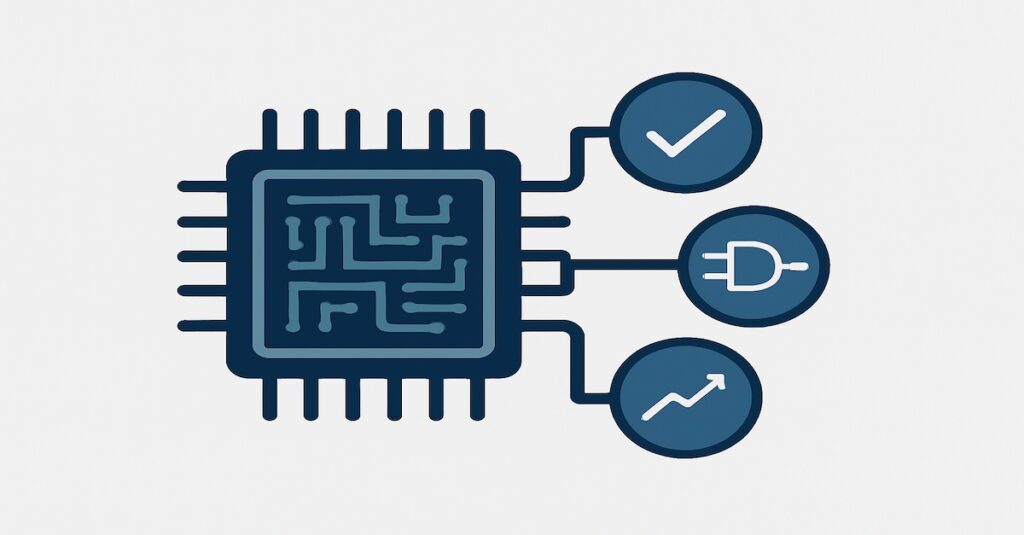The Semiconductor DFT Approach That Shapes IC Reliability
4o How DFT Evolved Beyond Test To Impact Reliability In the early years of integrated circuit (IC) design, Design-for-Testability (DFT) was primarily introduced to improve manufacturing fault coverage and lower production test costs. Techniques such as scan chains, Built-In Self-Test (BIST), and boundary scans were developed to ensure that devices could be tested efficiently after fabrication. The goal was straightforward: detect manufacturing defects like stuck-at faults or shorts and maximize the number of good parts shipped. Reliability, however, existed in a separate part of the development cycle. It focused on burn-in testing, life testing, and field failure analysis; activities typically performed long after the design phase had concluded. Early semiconductor technologies, with larger geometries and lower integration density, were far more tolerant of marginalities, allowing this separation […]
The Semiconductor DFT Approach That Shapes IC Reliability Read More »
